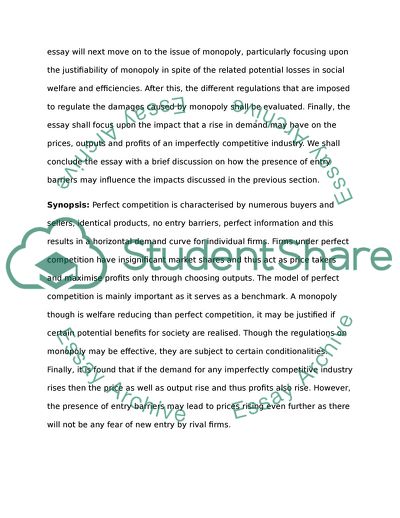Cite this document
(Basic Aspects of Competitive and Imperfectly Competitive Markets Coursework, n.d.)
Basic Aspects of Competitive and Imperfectly Competitive Markets Coursework. Retrieved from https://studentshare.org/marketing/1717576-market-structure
Basic Aspects of Competitive and Imperfectly Competitive Markets Coursework. Retrieved from https://studentshare.org/marketing/1717576-market-structure
(Basic Aspects of Competitive and Imperfectly Competitive Markets Coursework)
Basic Aspects of Competitive and Imperfectly Competitive Markets Coursework. https://studentshare.org/marketing/1717576-market-structure.
Basic Aspects of Competitive and Imperfectly Competitive Markets Coursework. https://studentshare.org/marketing/1717576-market-structure.
“Basic Aspects of Competitive and Imperfectly Competitive Markets Coursework”. https://studentshare.org/marketing/1717576-market-structure.


